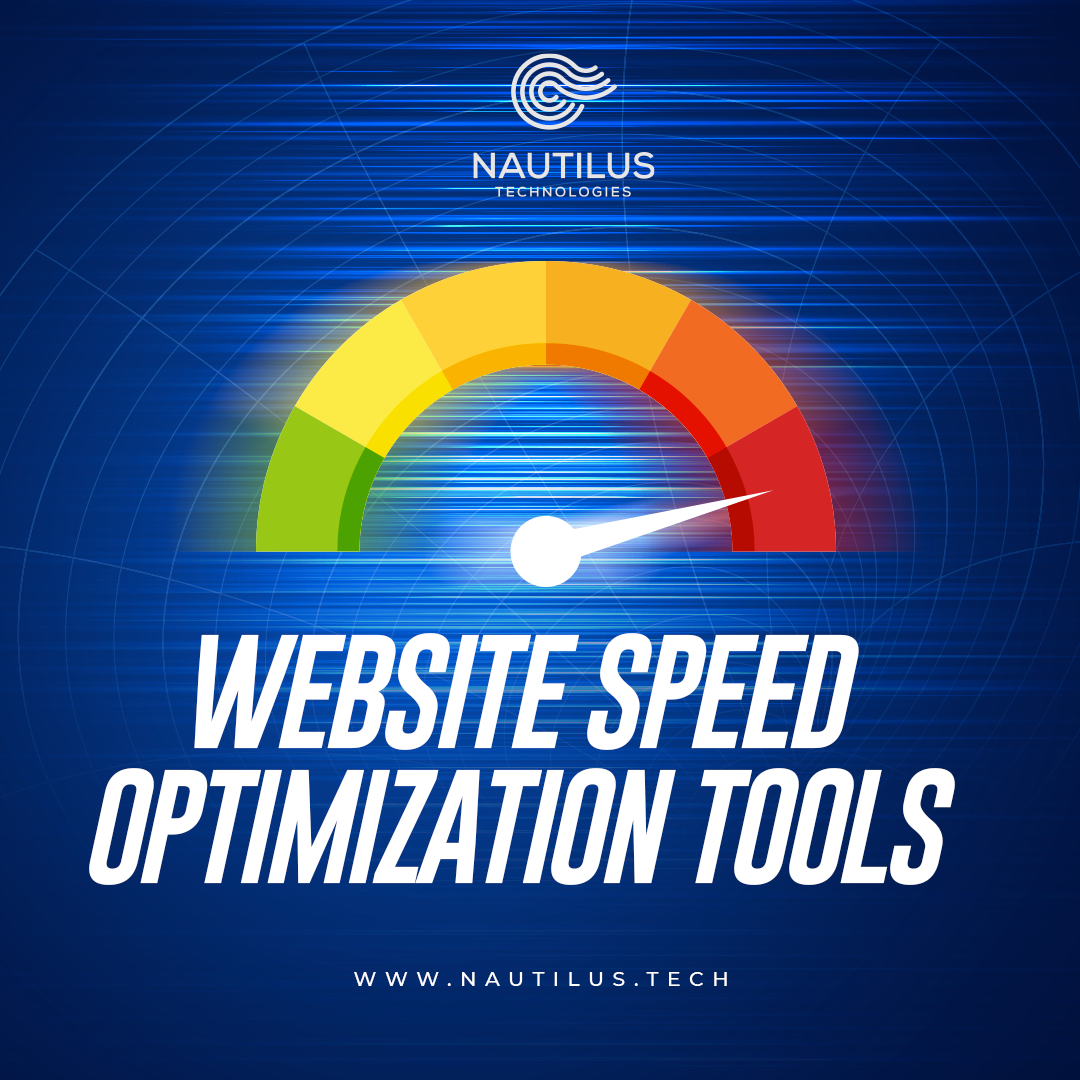ABCDou Insights
Exploring the world of news, trends, and information.
Speeding Past Your Competition: Website Performance That Impresses
Boost your online presence! Discover powerful website performance tips to outpace your competition and leave a lasting impression.
How to Optimize Your Website for Lightning-Fast Loading Speeds
Optimizing your website for lightning-fast loading speeds is crucial in today's digital landscape. A slow website not only frustrates users but can also significantly affect your search engine rankings. To enhance your site's performance, begin by choosing a reliable hosting provider that offers solid uptime and fast server responses. Additionally, implement caching solutions such as browser caching and server-side caching to store static versions of your pages, reducing server load and speeding up load times for returning visitors.
Another effective strategy is to optimize your images by compressing them without sacrificing quality. Use formats like WebP for better efficiency and employ lazy loading techniques to load images only when they are in the viewport. Furthermore, minimize the use of heavy plugins and scripts that can bloat your webpage; instead, prioritize essential functionalities. Lastly, regular testing with tools like Google PageSpeed Insights will allow you to monitor your website's performance and identify further optimization opportunities for lightning-fast loading speeds.

The Impact of Website Performance on User Experience and Conversions
Website performance plays a crucial role in shaping user experience, significantly influencing how visitors interact with your site. A website that loads slowly can frustrate users, leading to increased bounce rates and decreased engagement. Research shows that a delay of just one second can result in a 7% reduction in conversions. This not only hampers the user journey but may also diminish brand credibility. To ensure a positive experience, it's essential to focus on optimizing loading times through techniques such as image compression, leveraging browser caching, and minifying CSS and JavaScript files.
Moreover, the correlation between website performance and conversions cannot be overstated. High-performing sites typically experience lower abandonment rates, as users are more likely to complete their desired actions when the website is responsive. In fact, companies that prioritize optimization can see conversion rates rise significantly. Implementing tools like content delivery networks (CDNs) and regularly monitoring performance metrics can lead to actionable insights that promote continuous improvement, ultimately enhancing both user satisfaction and revenue generation.
Top 5 Performance Metrics You Should Track to Stay Ahead of Competitors
In the competitive landscape of digital marketing, tracking performance metrics is crucial for maintaining an edge over your competitors. Here are the top five performance metrics you should keep a close eye on:
- Website Traffic: Understanding the volume of visitors your site attracts helps you gauge the effectiveness of your marketing efforts and identify opportunities for growth.
- Conversion Rate: This metric indicates the percentage of visitors who take a desired action, whether it's making a purchase, signing up for a newsletter, or filling out a contact form. Monitoring this helps you assess the efficiency of your sales funnel.
- Customer Acquisition Cost (CAC): Keeping track of how much you spend to acquire a new customer lets you ensure your marketing strategies are cost-effective and aligned with your budget.
- Return on Investment (ROI): Calculating the ROI of your marketing campaigns will help you understand which initiatives are delivering value and where to focus your resources.
- Social Media Engagement: Tracking likes, shares, comments, and overall engagement on social platforms reveals how effectively you’re connecting with your audience and can inform future social strategies.